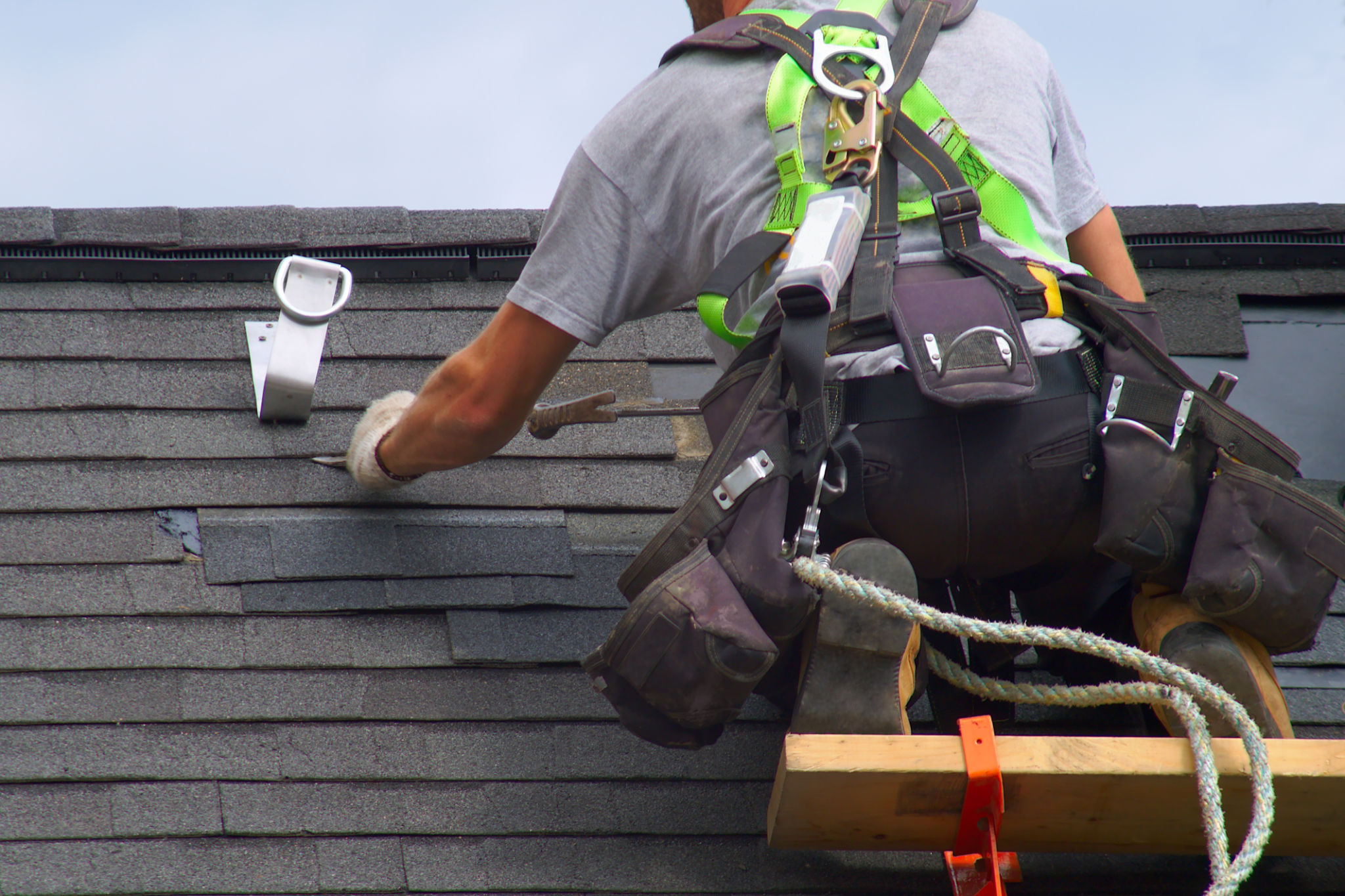A Step-by-Step Guide to Erecting Scaffolding Safely
Introduction to Scaffolding Safety
Working at heights is a common requirement in construction and renovation projects, and scaffolding provides a sturdy platform to perform these tasks safely. However, the process of erecting scaffolding must be carried out with precision and care to ensure the safety of all workers involved. In this guide, we'll walk you through the step-by-step process of erecting scaffolding safely, highlighting key safety measures to keep in mind.

Pre-Assembly Preparation
Before you begin assembling scaffolding, it's crucial to conduct a thorough site assessment. Check for any uneven ground, overhead obstructions, or nearby hazards that may affect the scaffolding structure. Ensure that the area is clear of debris and that you have all necessary tools and materials on hand.
Next, gather your team for a safety briefing. Discuss the project plan, assign roles, and ensure everyone is equipped with personal protective equipment (PPE). This includes hard hats, gloves, safety boots, and harnesses if working at significant heights.
Selecting the Right Scaffolding
Choosing the appropriate type of scaffolding for your project is essential. Consider the height and weight capacity requirements, as well as the nature of the work being performed. Common types include supported scaffolding, suspended scaffolding, and mobile scaffolds. Each type has specific advantages and limitations.

Assembling the Base
The foundation of your scaffolding structure is crucial for stability. Start by laying out base plates or mud sills on a level surface. These components distribute the weight of the scaffolding evenly. Use a spirit level to ensure the foundation is perfectly horizontal before proceeding.
Once the base is secure, begin assembling the frames or standards. Connect them with cross braces, ensuring each connection is locked securely in place. Double-check that all components are free from damage or defects before moving on.
Building Upwards
As you build upwards, install guardrails and midrails at each level to prevent falls. Platforms should be fully decked without gaps and secured to prevent movement. Always maintain a three-point contact when climbing on scaffolding to minimize the risk of falls.
Regularly inspect each level for stability and ensure that all locking mechanisms are engaged. If any adjustments are needed, carefully lower the structure before making changes.

Ongoing Safety Checks
Once your scaffolding is fully assembled, conduct a comprehensive inspection before use. Look for signs of wear, loose components, or any structural concerns. It’s advisable to have a competent person conduct these inspections daily or after any incident that could affect safety.
During use, reinforce safety protocols with your team. Limit access to authorized personnel only and never overload the platforms with tools or materials beyond their capacity.
Dismantling Safely
When the project is complete, dismantle the scaffolding by reversing the assembly process. Begin with the topmost components and work your way downwards. Ensure that each piece is lowered safely to prevent injury or damage.
Store all components in a secure area, inspecting them for any damage before future use. Proper maintenance and storage will extend the lifespan of your scaffolding equipment.
Conclusion
Erecting scaffolding safely requires attention to detail and adherence to established safety protocols. By following these steps and maintaining a culture of safety on-site, you can significantly reduce the risk of accidents and ensure a successful project outcome. Remember that investing time in proper scaffolding practices not only protects your team but also enhances overall project efficiency.
